Tips for Choosing the Right Reel Ratio for Your Fishing Style
Every angler knows that successful fishing is about more than just finding the right spot or using the perfect bait. The equipment you choose plays a crucial role in your fishing experience, and one often overlooked aspect is the reel ratio. This numerical specification may seem like a minor detail, but it significantly impacts your casting and retrieval speed, and ultimately, your success on the water.
Whether you’re chasing fast-moving predators or methodically working the bottom structure, understanding reel ratios can transform your fishing technique and improve your catch rate. In this comprehensive guide, we’ll explore how to match your reel ratio to your fishing style, helping you make informed decisions about this essential piece of fishing equipment.
Understanding Reel Ratio Basics
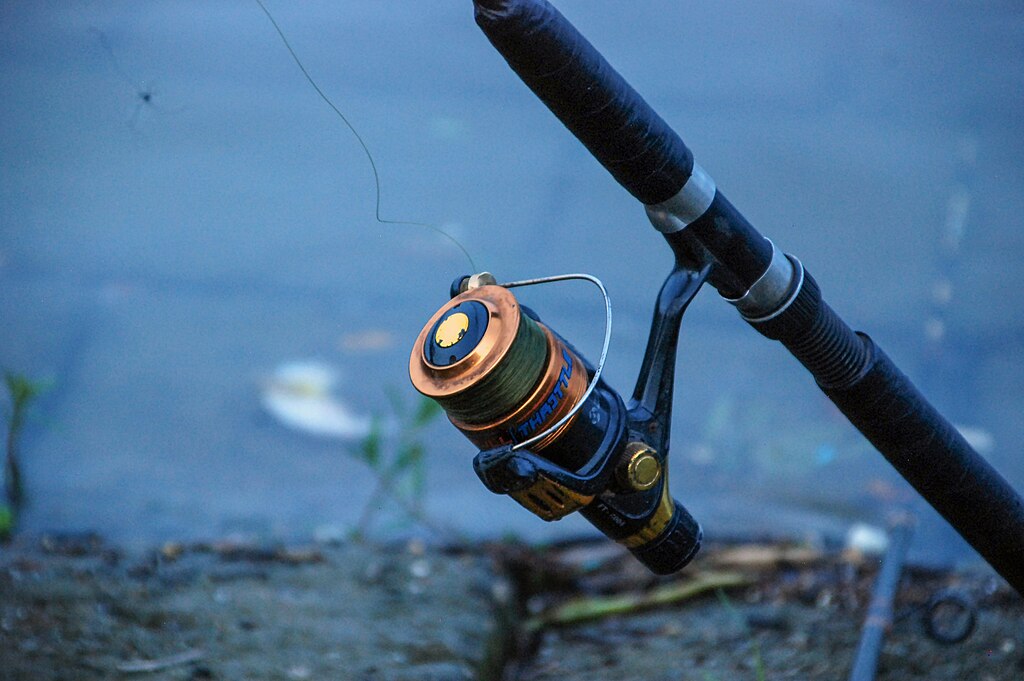
Reel ratio refers to the number of times the spool rotates with one complete turn of the handle. For example, a 6.3:1 ratio means the spool turns 6.3 times with each full rotation of the handle. Higher ratios (like 7:1 or 8:1) allow for faster retrieval speeds, while lower ratios (like 4:1 or 5:1) provide more torque and power for fighting fish and working certain lures.
The ratio directly affects your ability to present baits effectively and respond to strikes appropriately. Most manufacturers clearly display the gear ratio on the reel packaging or specifications, making it easy to identify when shopping. Understanding this fundamental concept provides the foundation for making educated choices about which ratio will best serve your particular fishing needs.
High-Speed Ratios for Reaction Baits

High-speed reels with ratios of 7.1:1 and above excel when fishing with reaction baits that require quick movement to trigger strikes. Lures like spinnerbaits, buzzbaits, and topwater poppers often perform best with rapid retrieves that create the illusion of fleeing prey. These fast reels allow you to quickly take up slack when a bass strikes a Texas-rigged worm on a long cast, improving your hookset success rate.
Additionally, high-speed reels provide the advantage of quickly adjusting your presentation if you spot a fish following your lure, enabling you to speed up or change direction to trigger a strike. For anglers targeting active fish in clear water conditions, particularly during summer months when fish metabolism is high, these rapid retrieve ratios can be especially effective.
Medium Ratio Reels for Versatility
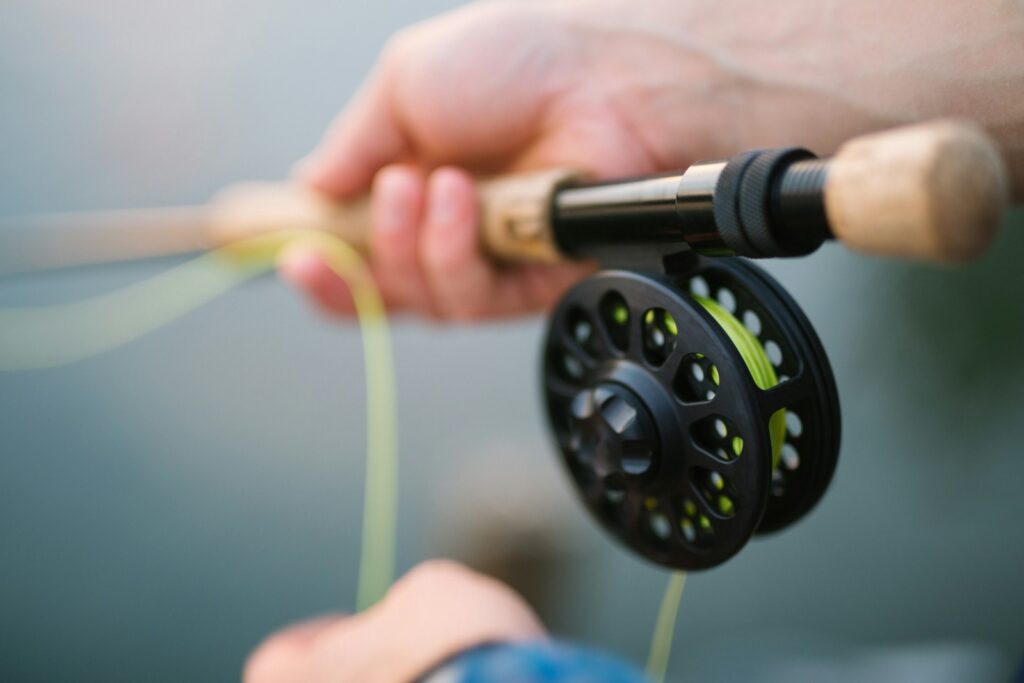
Medium ratio reels, typically ranging from 6.1:1 to 6.8:1, offer the perfect balance between speed and power for all-around fishing applications. These versatile workhorses allow anglers to effectively fish a wide variety of techniques without constantly switching equipment. With a medium ratio reel, you can comfortably work crankbaits, throw spinnerbaits, flip jigs, and even handle topwater without feeling significantly underpowered or overwhelmed in any situation.
Tournament anglers often select these ratios as their go-to option when they need to adapt to changing conditions throughout the day. The medium ratio provides enough speed to keep up with active fish while still delivering sufficient torque when you hook into that trophy catch near heavy cover.
Low-Speed Ratios for Power Fishing
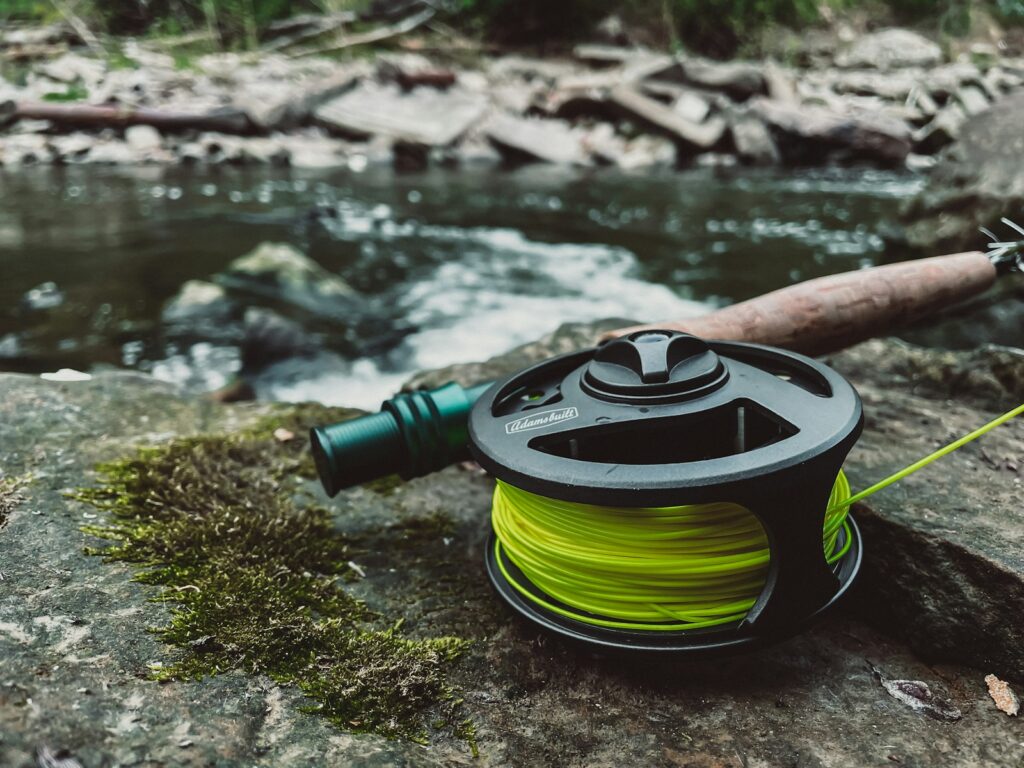
Low-speed reels, typically in the 4.1:1 to 5.4:1 range, are specifically designed to deliver maximum torque and cranking power. These ratios excel when pulling big crankbaits through deep water or when dragging heavy jigs across structure, situations where resistance is considerable.
The mechanical advantage of these lower ratios reduces angler fatigue during long days working deep-diving plugs, making them invaluable for trophy hunting in deep water scenarios. When fighting large, powerful species like musky, pike, or saltwater gamefish, the additional leverage provided by a low-speed reel can make the difference between landing a trophy and losing it.
Dedicated crankbait anglers often swear by these ratios, particularly when fishing deep ledges or working heavily weighted lures in strong current situations.
Matching Ratio to Fish Species

Different fish species exhibit unique behaviors and inhabit various environments that can influence your ideal reel ratio selection. Fast-moving predators like striped bass or Spanish mackerel often require higher speed reels (7:1+) to keep pace with their rapid movements and schooling behavior. For bottom-dwelling species like flounder or grouper, a medium to slower ratio (5:1-6:1) provides the torque needed to work baits effectively along the substrate and extract powerful fish from structure.
Crappie anglers typically benefit from medium-fast ratios that allow quick adjustments when spider rigging or vertical jigging around brush piles. Bass fishermen might carry multiple ratio options, selecting higher speeds for reaction baits in open water and lower ratios when punching through thick vegetation where power is paramount.
Saltwater Considerations for Reel Ratios

Saltwater fishing presents unique challenges that directly impact reel ratio selection, particularly when targeting large, powerful species. When trolling for tuna or marlin, lower gear ratios between 4:1 and 5:1 provide the substantial cranking power needed to work heavy lures and fight powerful fish making long, deep runs. Conversely, light-tackle inshore anglers chasing redfish or speckled trout often prefer higher ratios (6.5:1 to 7.3:1) for working artificials like swimbaits or topwater plugs with precision and responsiveness.
Surf casters generally benefit from medium-range ratios that balance the need for distance casting with adequate power for fighting fish through breaking waves and current. The salinity and corrosive nature of saltwater environments also make durability a critical consideration alongside ratio selection, as reels must withstand harsh conditions while maintaining performance.
Bass Fishing Ratio Strategies
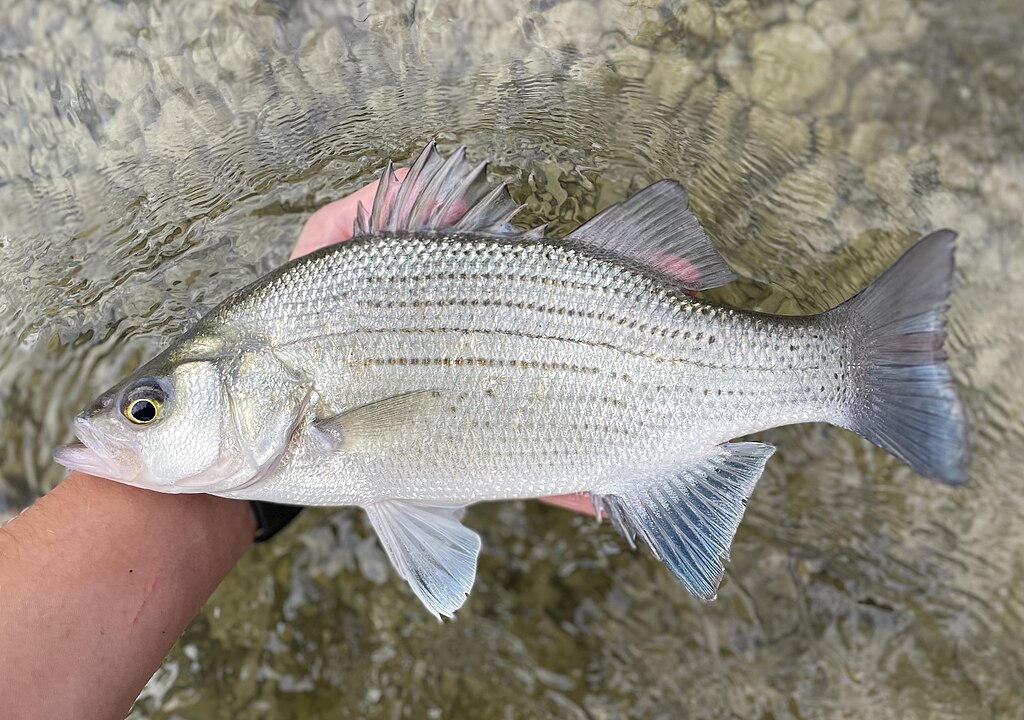
Bass fishing encompasses numerous techniques that benefit from strategic reel ratio selection to maximize effectiveness. For flipping and pitching into heavy cover, a high-speed reel (7.5:1 or higher) allows for quick hook sets and the ability to rapidly extract bass from structure before they can wrap around obstacles.
When fishing deep crankbaits, particularly in summer months when bass hold on offshore structure, a lower 5:1 ratio reduces fatigue and improves the action of diving baits by preventing overly fast retrieves. Finesse techniques, such as drop-shotting or working small jerkbaits, often pair well with medium-ratio reels (6.2:1 to 6.8:1) that provide enough speed for subtle manipulations without sacrificing control.
Many serious bass anglers carry at least three different ratio options to cover the full spectrum of techniques they might employ throughout a fishing day.
The Impact of Line Type on Ratio Selection

The type of fishing line you use interacts directly with your reel ratio to affect your overall presentation and retrieve speed.
Braided line, with its thinner diameter for pound-test strength, results in more line recovery per handle turn compared to the same ratio reel spooled with thicker monofilament. When using fluorocarbon, which has greater density and underwater resistance, a slightly higher ratio can help compensate for the additional drag the line creates during retrieval. Anglers using ultra-light line for finesse techniques might opt for medium ratios that provide better control and reduce the chance of line twist or backlash issues.
Understanding this relationship between line choice and ratio performance allows you to fine-tune your setups for maximum efficiency, sometimes allowing you to effectively adjust your retrieval characteristics without changing reels.
Seasonal Adjustments to Reel Ratios
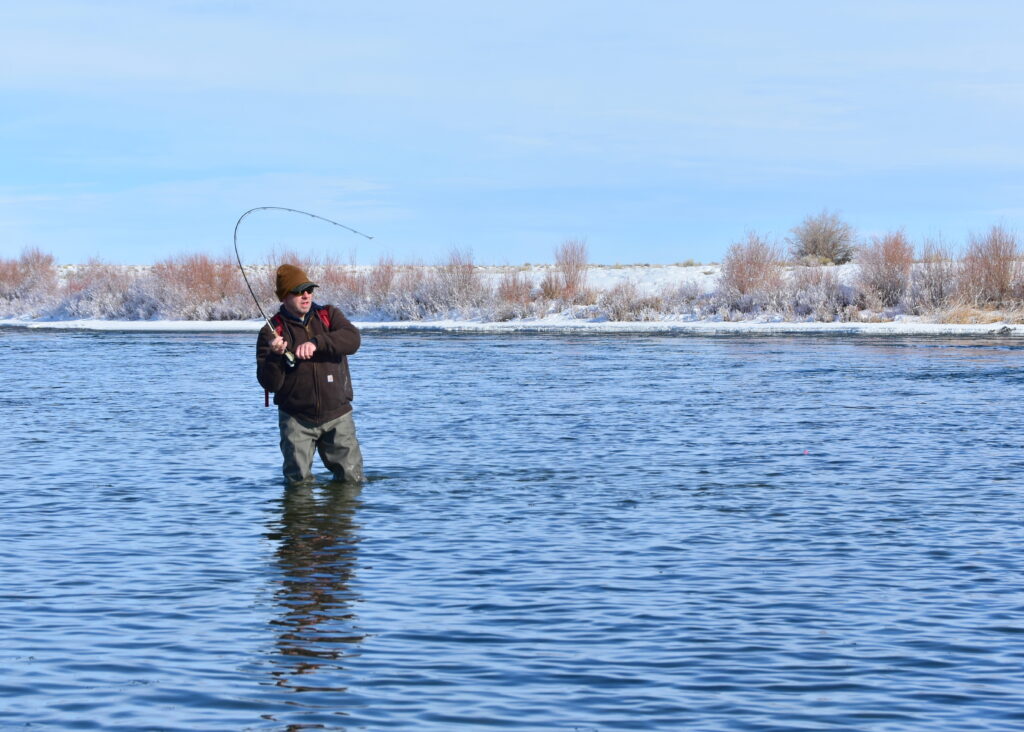
Water temperature and seasonal patterns significantly influence fish behavior, which should inform your reel ratio selection throughout the year.
During cold winter months when fish metabolism slows, lower gear ratios (5:1 to 6:1) allow for the deliberate, methodical presentations that typically trigger strikes from lethargic fish.
As waters warm in spring and fish become more active, medium ratios become increasingly effective for covering water and locating transitioning fish.
Summer often calls for higher speed ratios (7:1+) when fish are aggressive and react to faster-moving baits, particularly during early morning and evening feeding windows.
Fall presents unique opportunities where having both fast and slow options available is advantageous, as fish may alternate between aggressive feeding sprees and more cautious behavior as they prepare for winter.
Adjusting Technique Rather Than Changing Reels

While having multiple reel ratios is ideal, budget constraints or practical limitations may restrict your options. Fortunately, skilled anglers can effectively adjust their technique to compensate for ratio limitations. With a medium-ratio reel, you can achieve faster retrieves by simply increasing your cranking speed, though this requires more physical effort than using a higher ratio reel.
Conversely, deliberately slowing your retrieve with a high-speed reel can approximate the presentation of a lower-ratio setup, though you’ll sacrifice some torque and power. Some anglers develop a “double-cranking” technique for situations requiring extremely fast retrieves with moderate-ratio reels.
Understanding these adaptations allows you to maximize versatility with a limited reel selection, making you a more adaptable angler even without the ideal ratio for every situation.
Ratio Considerations for Spinning Reels
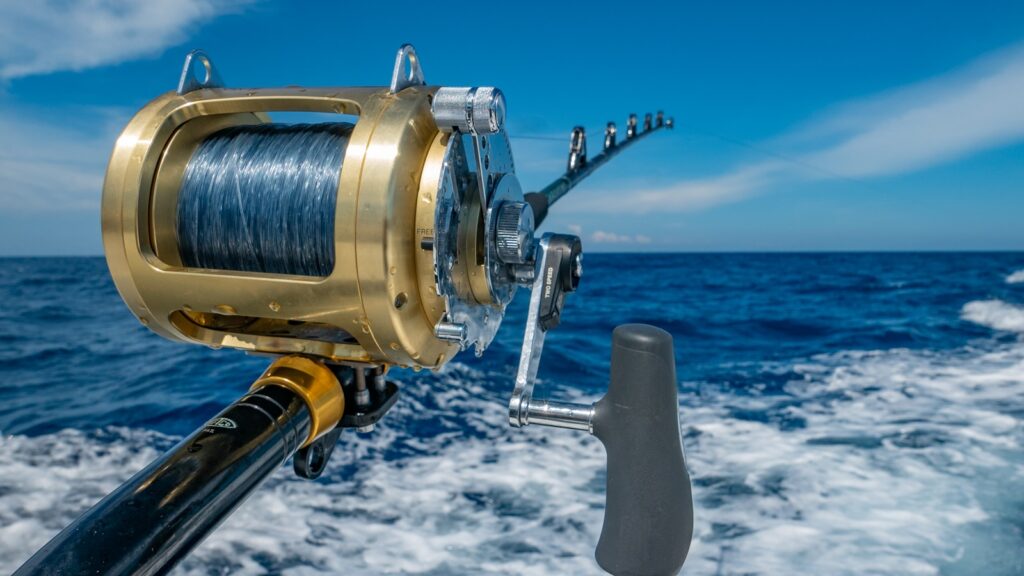
Spinning reels typically offer a narrower range of gear ratios compared to baitcasting reels, but ratio selection remains important for optimizing performance.
Most spinning reels fall between 4.8:1 and 6.2:1, with the lower end providing power for working deep structure or fighting large fish on light tackle. Medium-ratio spinning reels (around 5.2:1 to 5.8:1) represent the versatile sweet spot for most applications, balancing retrieval speed with adequate power for a wide range of techniques.
Higher-ratio spinning reels excel when fishing topwater presentations or when quick line pickup is essential, such as when sight fishing for cruising carp or bonefish on shallow flats. For ultralight trout fishing or panfish pursuits, many anglers prefer ratios around 6:1 that allow precise control of small lures while maintaining sensitivity for detecting subtle takes.
Balancing Reel Size with Ratio Selection
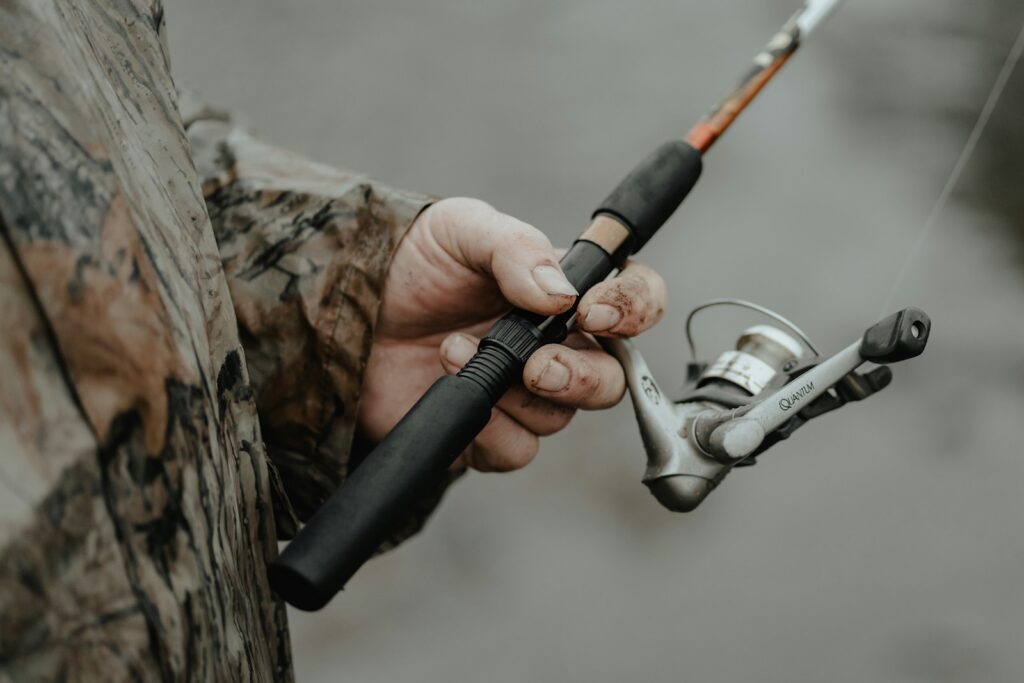
The physical size of your reel interacts with its ratio to determine the actual line recovery rate and overall performance characteristics. A larger spool on a medium-ratio reel may recover more line per handle turn than a smaller spool on a high-ratio reel due to the difference in spool circumference. For example, a 200-size reel with a 6.2:1 ratio might retrieve more line per turn than a 100-size reel with a 7.1:1 ratio, despite the lower numerical ratio.
When selecting equipment for specific techniques, consider both the ratio and the reel’s size class to optimize your setup. Many manufacturers now provide inches-per-turn specifications that offer a more accurate picture of retrieval speed than ratio alone. Finding the right balance between ratio, reel size, and rod power creates a harmonious system that enhances your fishing efficiency across various conditions.
Budget Considerations and Priority Ratios

Building a comprehensive collection of fishing reels with various ratios represents a significant investment that many anglers must approach strategically over time. If budget constraints limit you to one or two reels, prioritizing versatile medium-ratio reels (6:1 to 6.5:1) provides the greatest flexibility across fishing scenarios.
As your collection expands, adding a high-speed option (7.5:1+) for reaction baits and a lower-speed model (5:1) for crankbaits and heavy applications creates a well-rounded arsenal. Quality should never be sacrificed for quantity, as a single premium reel with smooth operation and durability will outperform multiple inferior options regardless of ratio differences.
Many experienced anglers recommend investing in one high-quality reel with a versatile ratio before expanding to specialty ratios as your fishing techniques become more refined.
Testing and Personalizing Your Ratio Preferences

While general guidelines provide excellent starting points, developing personal preferences for reel ratios comes through practical on-water experience with different options. Many tackle shops and fishing expos offer demo opportunities where you can handle and test various reels before purchasing.
Consider borrowing equipment from fishing partners to experience different ratios in real fishing scenarios before investing. Keep a fishing journal noting which ratios performed best for specific techniques, conditions, and species, building a personalized reference guide over time.
Remember that individual fishing styles, physical capabilities, and regional fishing conditions all influence ideal ratio selection, making your personal experience invaluable in refining your equipment choices. The ultimate goal is finding ratios that feel intuitive and effective for your specific fishing approach, allowing you to focus on the experience rather than your equipment.
Conclusion

Selecting the right reel ratio is a nuanced aspect of tackle selection that can significantly enhance your fishing success when matched appropriately to your techniques and target species.
By understanding the fundamental principles behind gear ratios and how they affect your presentations, you can make informed decisions that improve your efficiency and enjoyment on the water. Whether you’re a tournament competitor looking to optimize every cast or a weekend angler seeking more consistent success, paying attention to this often-overlooked specification can elevate your fishing experience.
Remember that while having multiple specialized options is ideal, thoughtful technique adjustments can expand the versatility of even a limited reel selection. As with most aspects of fishing, the perfect ratio ultimately comes down to personal preference refined through experience on the water.



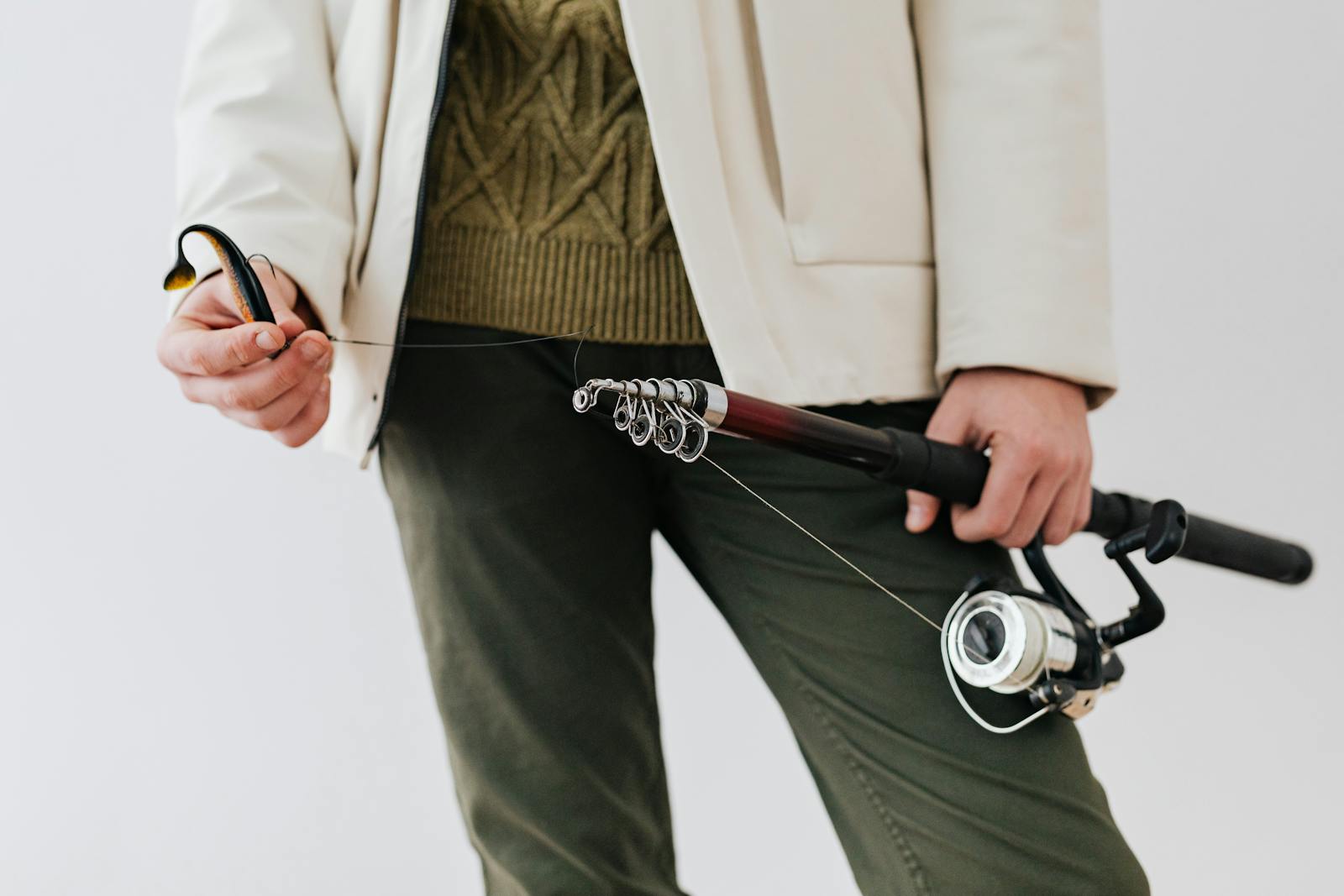










Post Comment